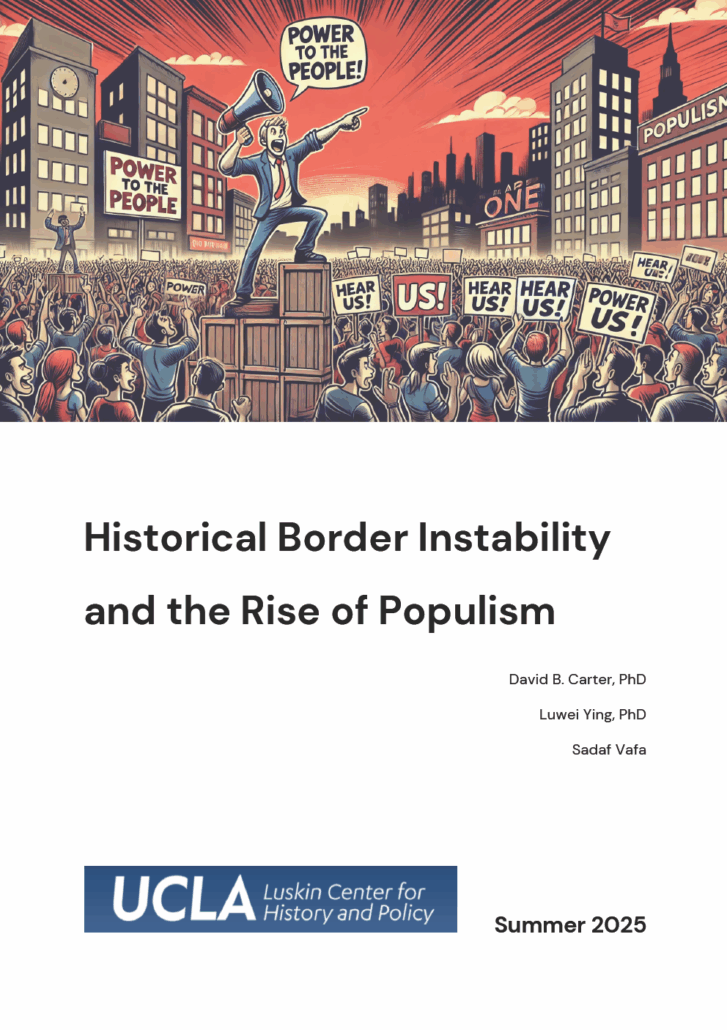Historical Border Instability and the Rise of Populism
Over the past decade, populist parties have surged across Europe. Conventional explanations—trade shocks, immigration, and cultural backlash—leave important variation unexplained. Drawing on five centuries of spatial data and post-1945 election returns, our study shows that localities with a legacy of frequent historical border changes are systematically more likely to vote for populist parties today. Repeated redrawing of borders delayed state-building, weakened public administration, and bred a deep-seated perception of government ineffectiveness that modern populists exploit.
Key take-aways
• Localities with one standard-deviation more historical border changes grant populist parties ≈1.3 percentage-points additional vote share.
• Sequential g-estimation demonstrates that this effect is not driven by contemporary economic conditions.
• Survey evidence confirms that citizens in historically unstable areas value democratic principles but are dissatisfied with their implementation, pointing to a trust deficit rather than democratic rejection.
Policy Relevance
Strengthening local governance capacity, investing in place-based economic upgrading, and launching curriculum and community initiatives that confront the historical roots of distrust can blunt the appeal of anti-system rhetoric. Our accompanying policy memos distill five actionable recommendations. The rise of populist parties and the backlash against globalization in developed democracies are frequently attributed to recent economic grievances or cultural anxieties (Ansell et al. 2022; Broz, Frieden, and Weymouth 2021; Milner 2021). While these explanations are well-supported, they overlook a key historical driver: the frequency of historical border changes and their disruptive effects on statebuilding. This study argues that repeated territorial shifts undermined local state-building, creating enduring legacies of weak governance that fuel contemporary populist support. Using newly compiled data on post–World War II election outcomes at the NUTS 3 level in Europe and detailed records of border changes spanning five centuries, we show that regions with greater historical border instability consistently exhibit higher populist vote shares. These patterns persist even when we account for modern economic conditions. Moreover, survey evidence indicates that residents in these regions remain committed to democratic principles but express deep dissatisfaction with how democracy functions in practice. These findings highlight how the legacies of international politics continue to shape democratic resilience today.
Read the full report here.


